From wastepaper to high art: Japan seeks to save manga heritage
Artists, publishers and museums are trying to preserve original drawings of artwork in comic books.
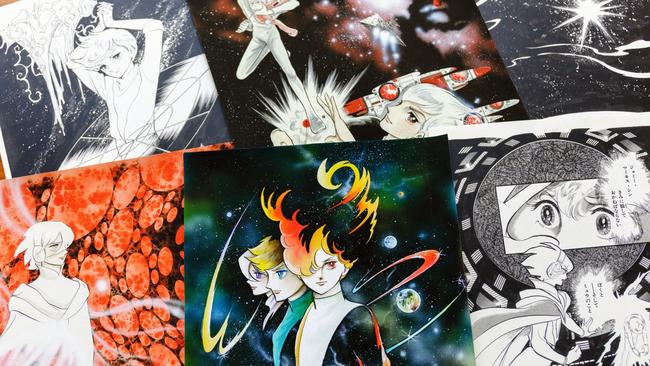
When Keiko Takemiya made her manga debut in 1968, her publisher told her that her original drawings for the comic books could be thrown out. She insisted on getting them back, stamping “Please return this to me” on each page.
More than half a century later, she has a collection of 26,000 drawings from the 180 manga titles she has published, including pioneering works in the genre of manga for girls. The drawings are piled up in her house in southern Japan.
Takemiya was on to something. What people in the business used to consider no more than wastepaper is now seen by many around the world as high art.
Some drawings are exhibited in museums such as the British Museum, where a 2019 show included work from Takemiya’s science-fiction manga Toward the Terra. At a Paris auction in 2018, one of the drawings for the classic sci-fi manga Astro Boy by Osamu Tezuka sold for €269,400 – equivalent today to about $433k ($A647,000).
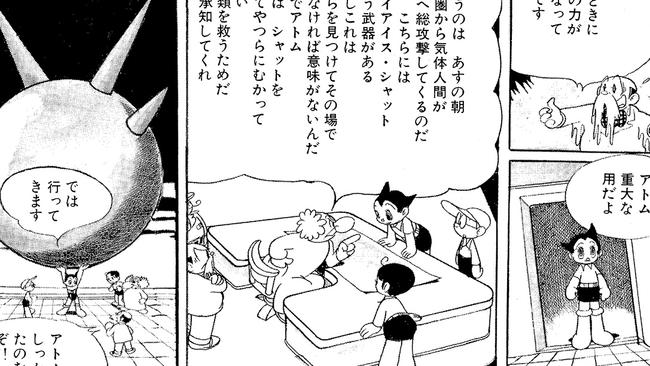
Now some in Japan, awakened to the country’s cultural heritage, are taking steps to prevent manga drawings from ending up overseas. They are recalling the late 19th century, when Europeans and Americans encountered ukiyo-e woodblock prints — pictures of the “floating world” by artists such as Hiroshige that depicted courtesans, the theatre and Mount Fuji.
Japanese people considered the prints cheap and disposable. Today, some of the finest ukiyo-e collections are found in U.S. museums such as the Museum of Fine Arts Boston and the Smithsonian’s Freer Gallery of Art.
Takemiya, 73, says it is important to keep the drawings in a story together. “What worries me the most is a situation where the pages of story manga get scattered in all directions as happened with ukiyo-e,” she says. She is looking for a museum or library that will preserve and showcase her works after she is gone.
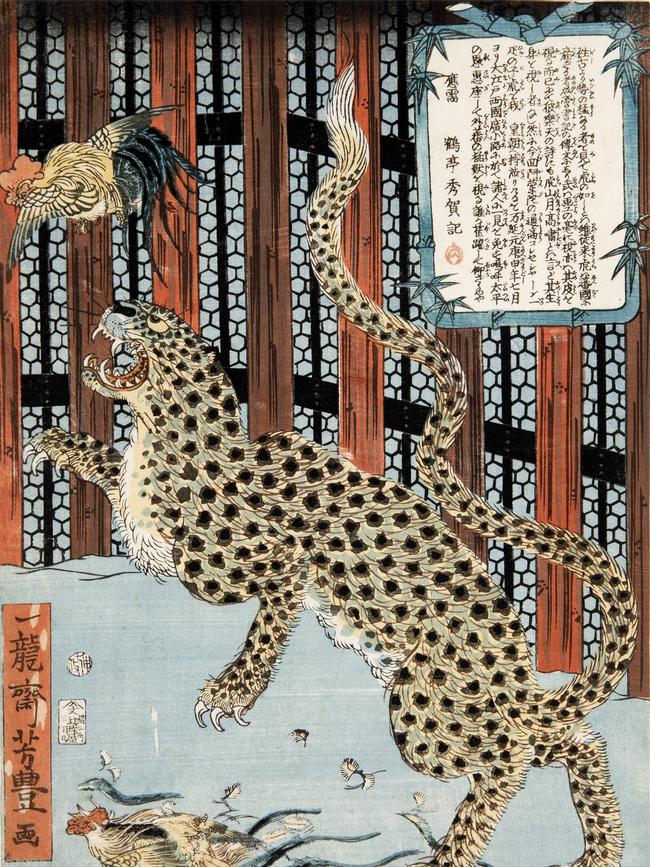
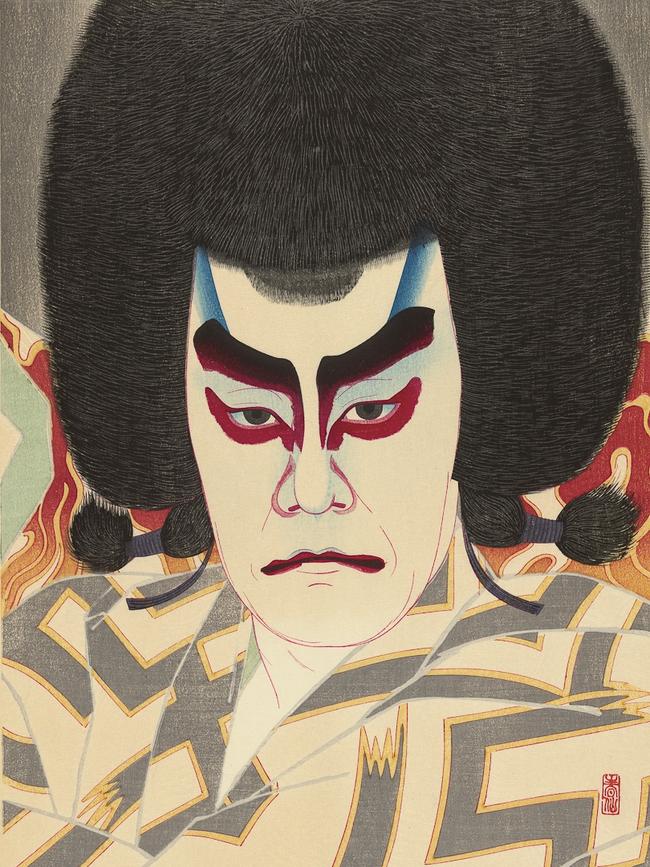
Manga comics are a big business that is growing internationally, spurring publishers to think more about their role in Japanese culture. In 2022, manga sales accounted for more than 40 per cent of Japan’s total publishing market. Many of the popular ones are made into anime programs for television or streaming services such as Netflix.
This year, 15 Japanese manga publishers established an organisation called the Manga Archive Center that plans to preserve at least 360,000 sheets of original manga drawings over the next five years. The Japanese government’s Agency for Cultural Affairs this year for the first time requested budget money to collect original manga drawings and materials for animated films.
Takashi Oishi, the archive’s representative director, says many artists who created Japan’s post-war manga culture are passing away, leaving their loved ones with thousands of drawings that they have no idea what to do with. Some end up throwing them away.
“That means a loss of our culture,” says Oishi. “The core of our work is to save as many of these drawings as possible.”
The original manga drawings have traditionally been created by cartoonists with pen and ink.
“They are used to make plates for printing, and only one set of drawings is made for each manga book. Typically the drawings themselves belong to the artist and are separate from the publisher’s rights to the book.
In the original drawings, “you can see the artist’s passion that is poured into the delicate touches of the pen,” says Takemiya.
Another preservation effort is under way at a manga museum in northern Japan’s Akita prefecture, home to Akita dogs. The museum’s centrepiece is a collection of 45,000 original drawings by the late artist Takao Yaguchi, a local native known for his manga about fishing and nature themes, but since a renovation in 2019, it has been expanding to hold other artists’ work as well.

The museum now houses more than 450,000 drawings, according to Oishi, who also serves as its director. The preservation includes taking high-resolution digital images and recording any stains or notes on the artwork. Drawings from each book are kept together in a climate-controlled storage room.
The year before his death in 2020, Yaguchi wrote, “The original manga drawings are drawing attention from people overseas. What would happen if they suffer a similar fate as ukiyo-e?”
Others are less troubled by the emergence of a global trade, saying collectors also help preserve and share the works.
Enrique Alonso Saiz, a collector in Spain who sells manga drawings on eBay, says a drawing is “a unique piece of art that is affordable for many collectors”. While some might wish for all the drawings in a book to be preserved together, he says that isn’t realistic for fans who want to frame a drawing from a cherished work and show it off to friends.
“At home, I can’t frame a complete episode,” he says.
Auction sites in Japan offer a variety of works, often single sheets from larger works, for sale at prices ranging from a few dollars to thousands of dollars. One of the biggest is operated by a company called Mandarake. Its chairman, Masuzo Furukawa, once worked as an assistant to a manga artist and opened a small bookshop in 1980 selling used manga. He built his company into a supermarket for manga and anime collectables that is listed on the Tokyo Stock Exchange.
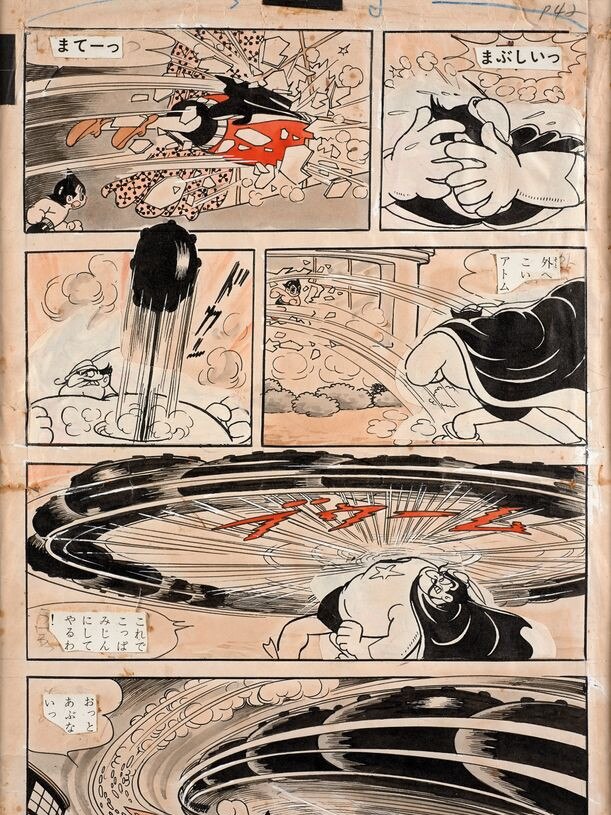
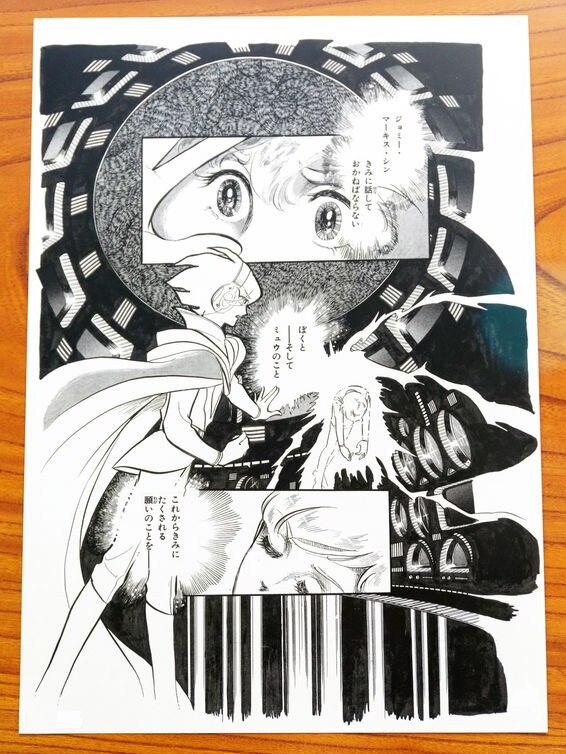
Two decades ago, Furukawa started online auctions of original manga drawings his company obtained from artists and others. Furukawa says the site auctions the drawings as they are received, whether in a set or as a single sheet, although the latter tends to be more lucrative.
He says prices started to shoot up about a decade ago, and credited his auctions with helping to establish the importance of works that were once considered low-status.
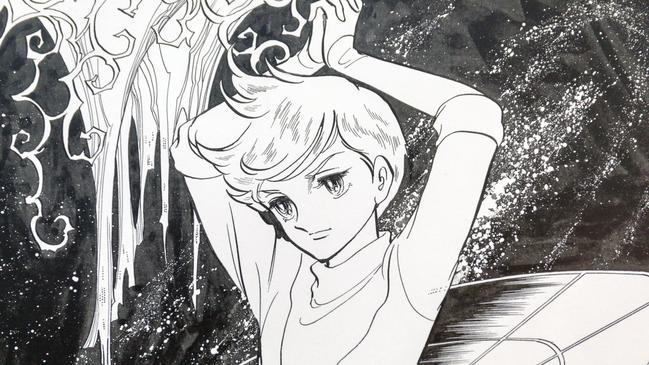
“To prove these things are valuable, I felt I had to assign a value to them, which means putting on a price tag,” he says. “The good things go to those who crave them the most.”
Publishers are looking for other ways to cash in on foreign art collectors’ interest. Shueisha is the publisher of Eiichiro Oda’s megahit pirate adventure manga One Piece, which was recently made into a Netflix live-action movie.
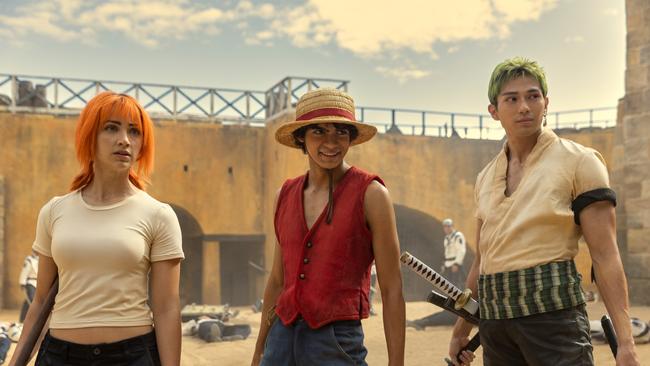
The original Oda drawings aren’t for sale, but Shueisha sells limited-edition prints from high-resolution digital versions of original drawings by Oda and others, pricing them at thousands of dollars for a sheet or pair of sheets.
Oishi, of the manga archive, says there were probably tens of millions of manga drawings in Japan, but the number might not rise much higher. Most artists nowadays make their drawings digitally, rather than with pen and paper.
Pen-and-ink drawings “may already be in the realm of relics,” says Takemiya, the manga artist.
The Wall Street Journal



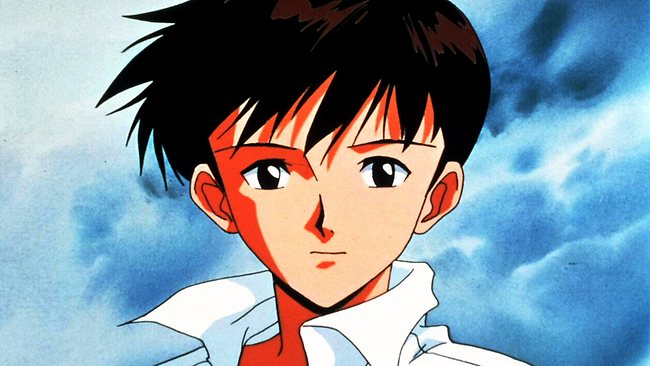

To join the conversation, please log in. Don't have an account? Register
Join the conversation, you are commenting as Logout